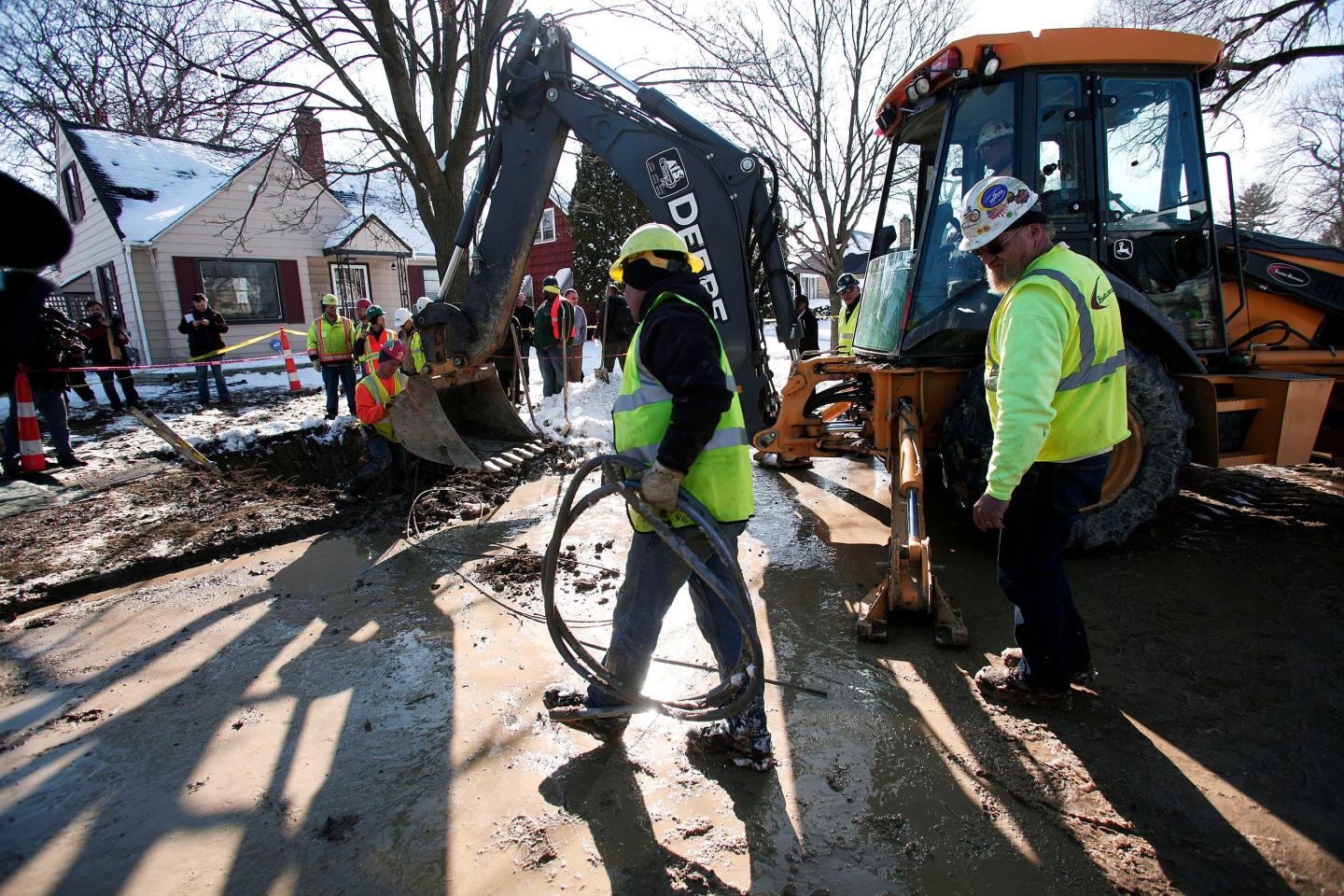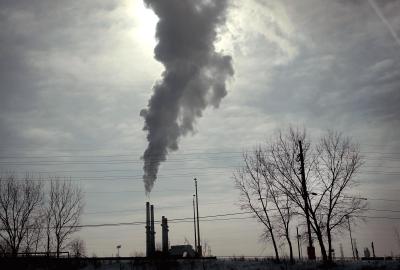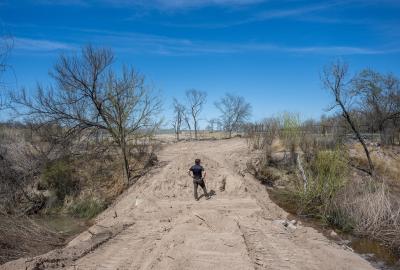We need to get lead out of drinking water, but some fixes are making it worse
When Ellen Tuzzolo and her partner bought a historic home in Providence, Rhode Island, they were excited to move into a neighborhood heralded for its rich cultural diversity. “This is where we wanted to raise our family,” Tuzzolo says.

But shortly after they moved into their 100-year-old home, a routine doctor’s appointment revealed that their toddler daughter had elevated levels of lead in her blood.
When Providence Water sent the couple a notice alerting them that their water service lines were made of lead — three years after they moved in — testing revealed that their daughter’s lead exposure was, in fact, coming from their tap water. “We were aware that lead could be an issue in paint, but the previous owner told us he had done remediation work,” Tuzzolo says. “Lead being in our water didn’t even occur to us.”
- Where to look for lead in your home
- Removing lead from gas and paint were major health victories — now we need to get it out of our water
How did this happen?
Lead is a potent neurotoxin that can damage a child’s developing brain and cause learning and behavior problems.
Yet when many American cities were built, lead was cheap and easy to work with, making it the preferred choice for public water service lines as indoor plumbing became the norm in fast-growing cities.
New lead service lines were banned across the U.S. in 1986. But roughly 9 million lead service lines remain, and the task of replacing these old lines falls on local water utilities.
Protecting health, one pipe at a time
In Providence, the local utility, Providence Water, started replacing its remaining lead service lines in 2007 by focusing on the publicly owned side of the lines. That meant that utility workers would only replace lead pipes on private property if the owner would pay for it — at a cost of about $4,500.
That price tag was out of reach for many, including Tuzzolo, which led to a spate of harmful “partial replacements” in which utility crews only replaced the public side of the pipe, a method that can result in a spike in lead levels in the water.
“A partial replacement disturbs the lead and creates more of a hazard in the water than if the pipe had not been replaced at all,” explains DeeAnn Guo of the Childhood Lead Action Project, which has been organizing against partial replacements.
At an impasse with Providence Water, the Childhood Lead Action Project teamed up with Environmental Defense Fund and the National Center for Healthy Housing. Together, the organizations filed a first-of-its-kind civil rights complaint with the EPA against Providence Water in 2022.
“The civil rights complaint pointed out that requiring a person to pay for a full replacement, and only doing a partial if they couldn’t, was not only dangerous — it was discriminatory against people who were unable to pay, often families of color,” Guo says.
Environmental news that matters, straight to your inbox
A decade to get it done
Recently, the EPA finalized a rule that requires the majority of lead service lines in the U.S. be replaced over 10 years.

With a wave of federal funds for lead pipe replacement, including $15 billion in President Biden’s infrastructure law — Providence Water responded to years of local advocacy and started fully replacing lead service lines at no cost to consumers.
Tuzzolo was able to take advantage of this for a full replacement of her lead pipes. Her daughter, now 7, hasn’t had elevated lead levels since.
However, the utility still hasn’t come to a resolution with the EPA regarding that 2022 civil rights complaint. EDF’s Roya Alkafaji hopes that a successful resolution compels every water utility across the country to end the dangerous practice of partial replacements, making it standard practice to fully replace lead service lines for all customers regardless of their ability to pay.
“Water utilities replacing lead pipes everywhere should know that communities are watching,” Alkafaji says. “And they won’t tolerate half-measures when it comes to their health.”


